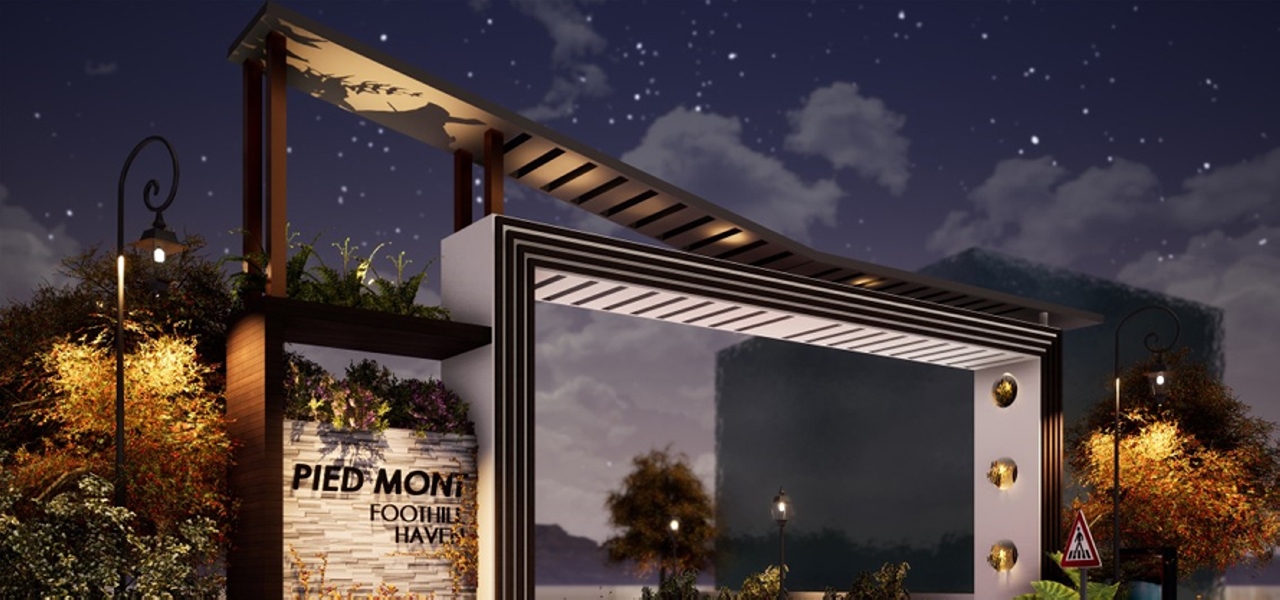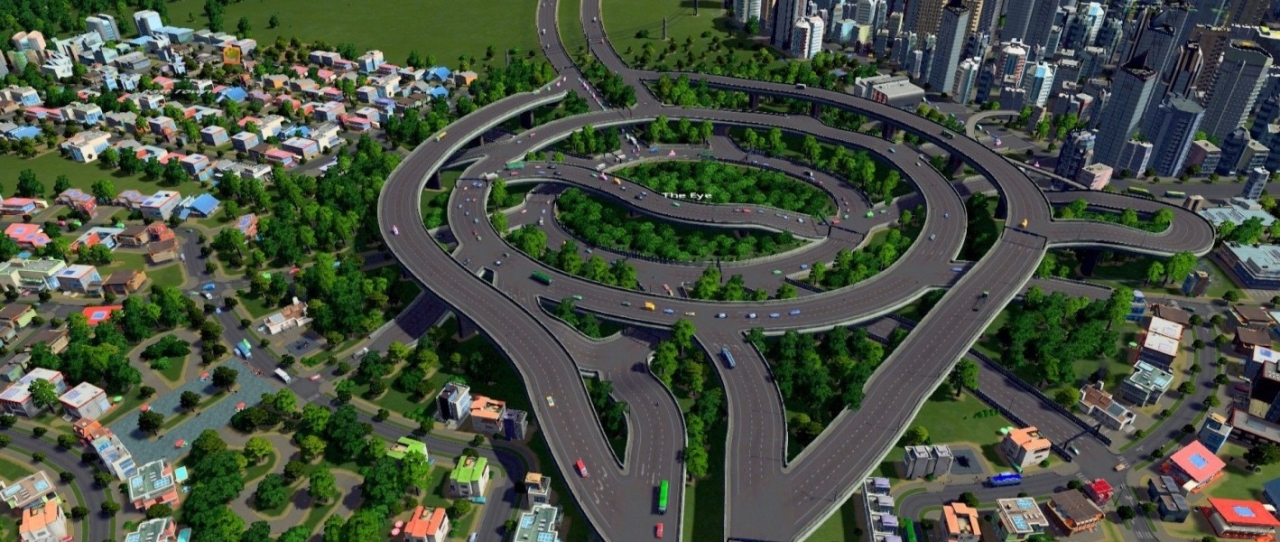
The Impact of accelerating change on the physical form of the city is radical. Institutions have shorter and shorter lives – railway stations are converted into museums, power plants into art galleries, churches into night-clubs, warehouses into homes – and it is now commonplace to anticipate that a building will outlive the purpose for which it is built in a matter of a few years. Modern life can no longer be defined in the long term and consequently cannot be contained within a static order of symbolic buildings and spaces .Buildings no longer symbolize a static hierarchical order: instead, they have become flexible containers for use by a dynamic society.
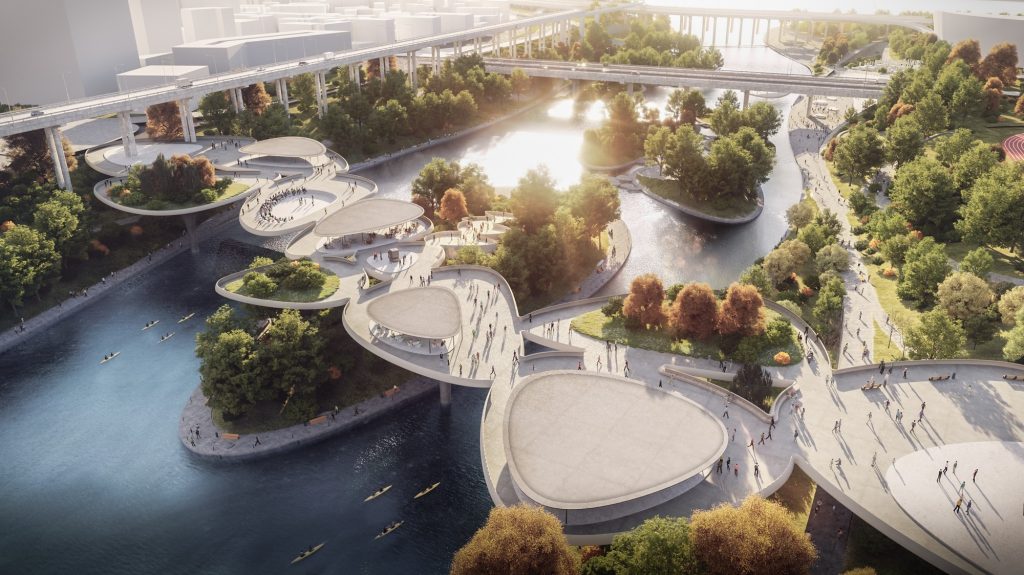
Discussion surrounding the future of architecture has generated widespread interest in the last decades. During these years a vast amount of ideas concerning flexible architecture have been produced. The term flexible architecture has been generally understood as an architecture that responds to change, as a “fluid architecture that becomes complete once people inhabit it and use it.”. The flexible architecture has been increasingly granted attention by today`s architects and designers. It comprises an arena where thought and design grasps one’s imagination and keeps expanding, directed by a range of purposes. Today the concept has established itself as one of much importance and enters the contemporary architectural world with great confidence. Some of the ideas surrounding flexible architecture stay experimentally unique with utopian characteristics and remain inbuilt, while many others are increasingly being commissioned by different clients – both private persons and various organisations.
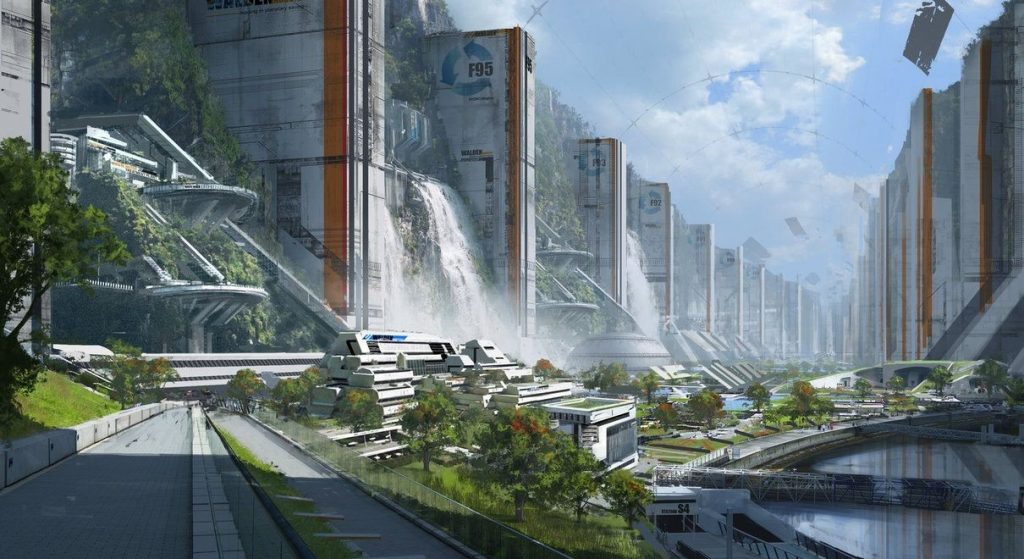
Generally humankind possesses the greatest values that allow to define it as dynamic. These are the abilities to pass on the accumulated knowledge from one generation to the next, to embrace and solve the problems, its natural curiosity to explore, the restless energy, and uncontrollable desire to achieve new goals. All the historical and cultural events that happened in the world known to us, and all that are to happen are based on these qualities.
Vladimir Lenin, Russian communist revolutionary and political theorist said:
“To live in a society and be free from a society is
impossible”.
Indeed societies form the network of countries of the world where citizens are organized into certain way of living, framed by set of rules and laws. But of course if we compare the dynamic type of citizen to the static one, we could say that the static type is content to live in a changeless environment. Traditions determine the way of his living, his beliefs, his production techniques, social and cultural activities. Such societies can be remote tribal societies that are ignorant to any kind of innovation and actually have no need or desire for it.
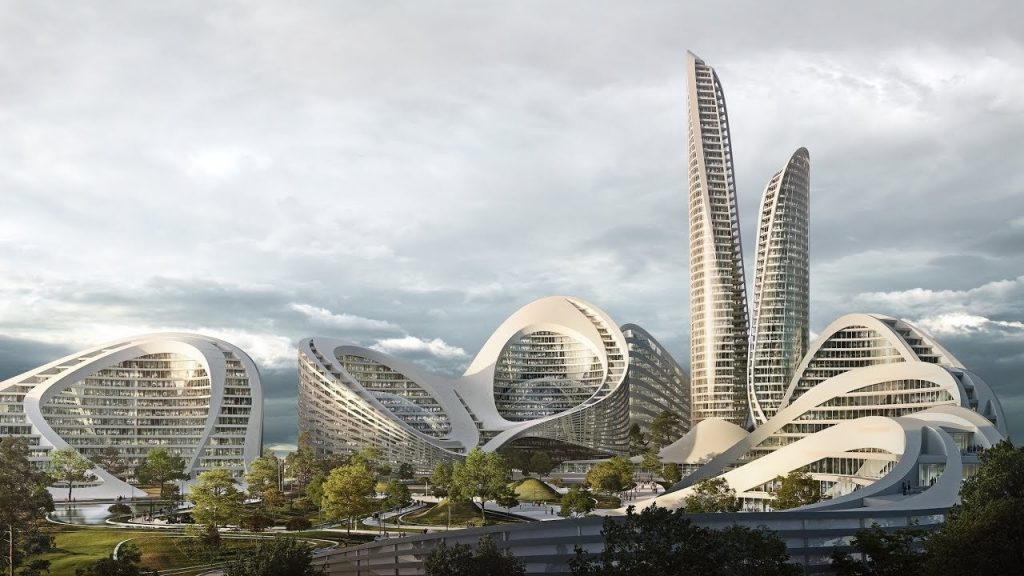
Today, the modern dynamic citizen finds himself in dynamic, ever changing environment. By its nature, mankind has always been transient, to varying degrees through the history. What has changed with the time, and what we can witness today is the speed and scale at which the increasing restlessness occurs. In order for modern architecture to serve the contemporary society, it must embrace and respond to the state of constant transfer, exchange, relocation and adaptation, – the qualities evolved by contemporary societies.
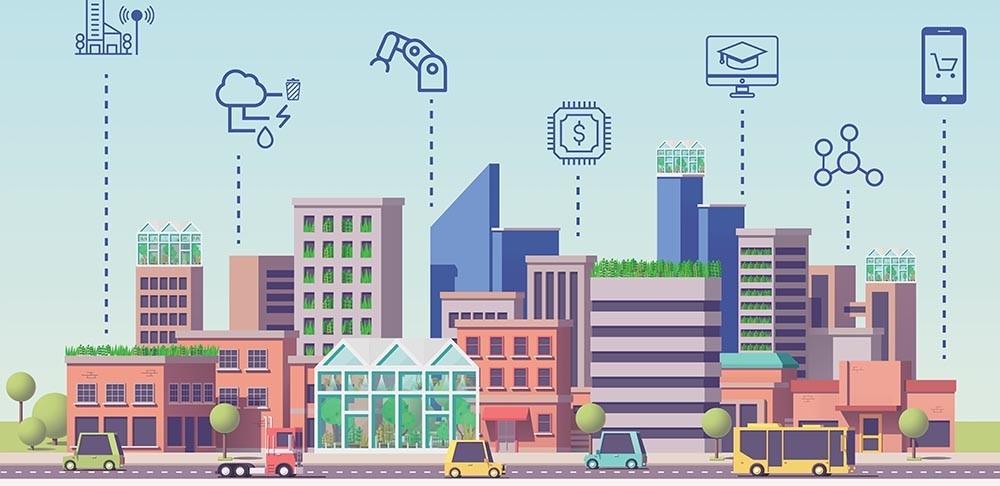
Technology has transformed the world into a global phenomenon. Travelling time has shrunk dramatically during the last century. Journeys that would have taken weeks at the beginning of the century are reduced to just a few hours today. Exchange of information is at our fingertips thanks to the web connections. We use metal and plastic capsules to travel through and over land, air and water. Important parts of contemporary society are modern “nomads” – ambitious career and job seekers, students, travelers, soldiers, entertainers, businessmen.
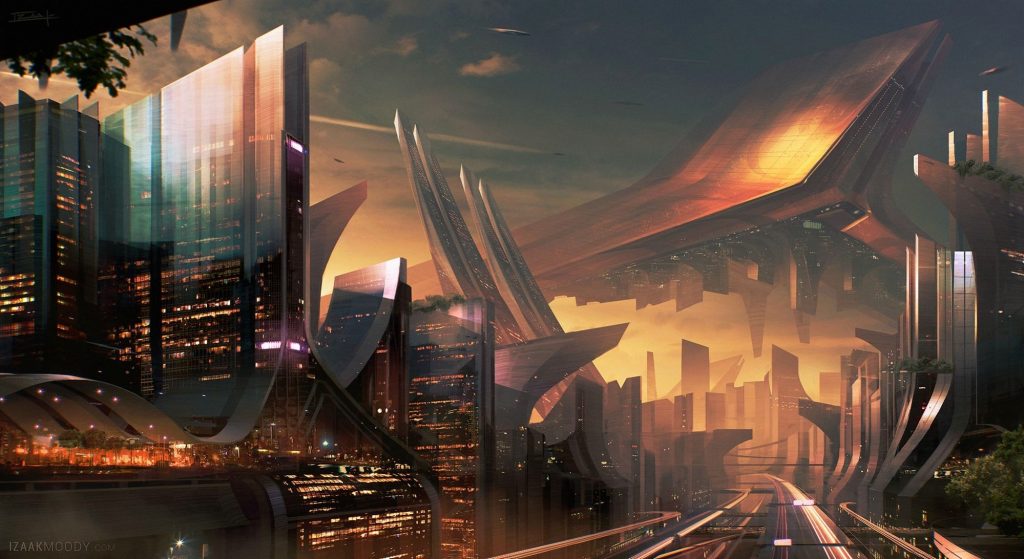
Globalization is the term that can be defined as “the technological and economic influences that force us together worldwide”. While being a route for wealth for many, globalization on other hand pass on many problems and challenges. A very small number of countries and multinationals dominate the rest of the world economically and technologically. Massive poverty still finds place despite generally visible prosperity. Human’s desire to improve living conditions often results in migration. Mass migration leaves both positive and negative footprints. Immigrants might shortly lift up the labor shortage, but migration leaves deep scars in the native countries, and sometimes provokes social, cultural and political unrest in host countries.
Globalization is the term that can be defined as “the technological and economic influences that force us together worldwide”. While being a route for wealth for many, globalization on other hand pass on many problems and challenges. A very small number of countries and multinationals dominate the rest of the world economically and technologically. Massive poverty still finds place despite generally visible prosperity. Human’s desire to improve living conditions often results in migration. Mass migration leaves both positive and negative footprints. Immigrants might shortly lift up the labor shortage, but migration leaves deep scars in the native countries, and sometimes provokes social, cultural and political unrest in host countries.
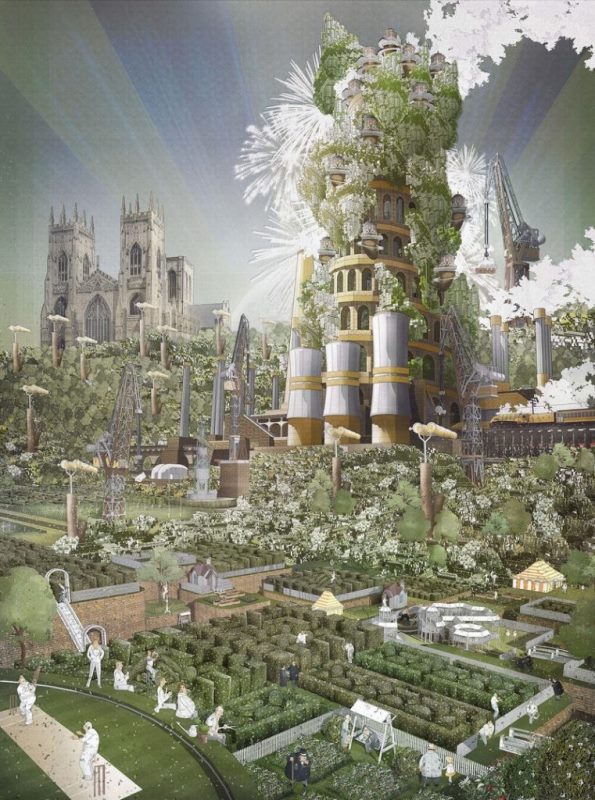
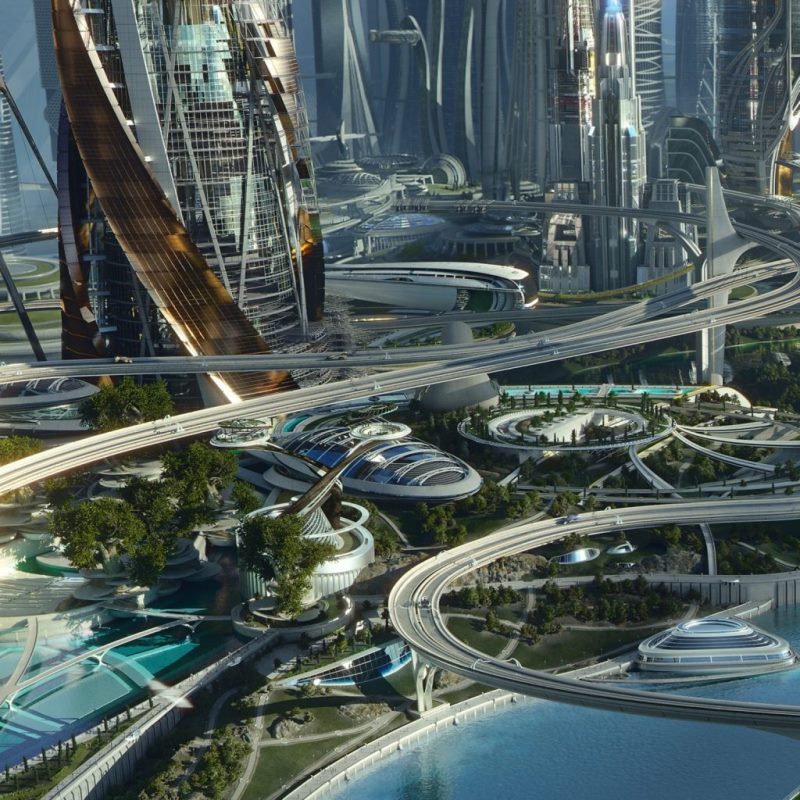
Global consumerism and mobility have provided many with desired freedom, but the results of global warming and climate changes prove to be quite dramatic. The reality proves to be complicated. As corporations and communities continue to expand and contract, re-locate, emerge and vanish, their need to be capable of adapting is increasing. The nomadic lifestyle and working patterns of our mobile society as well as other consequences of globalization require new dimensions from modern architecture. Modern architectures aim is to serve in a highly effective and sustainable way contemporary society. Perhaps a more functional architecture that is movable, adaptable, transformable and capable of disengagement and reassembly could keep up with the occupants’ need to have multiple activities in one space, help to maintain economy and ease the over use of energy and resources
Compiled by Ar.S.S.Abishek , Creative Head , Saran Architects






